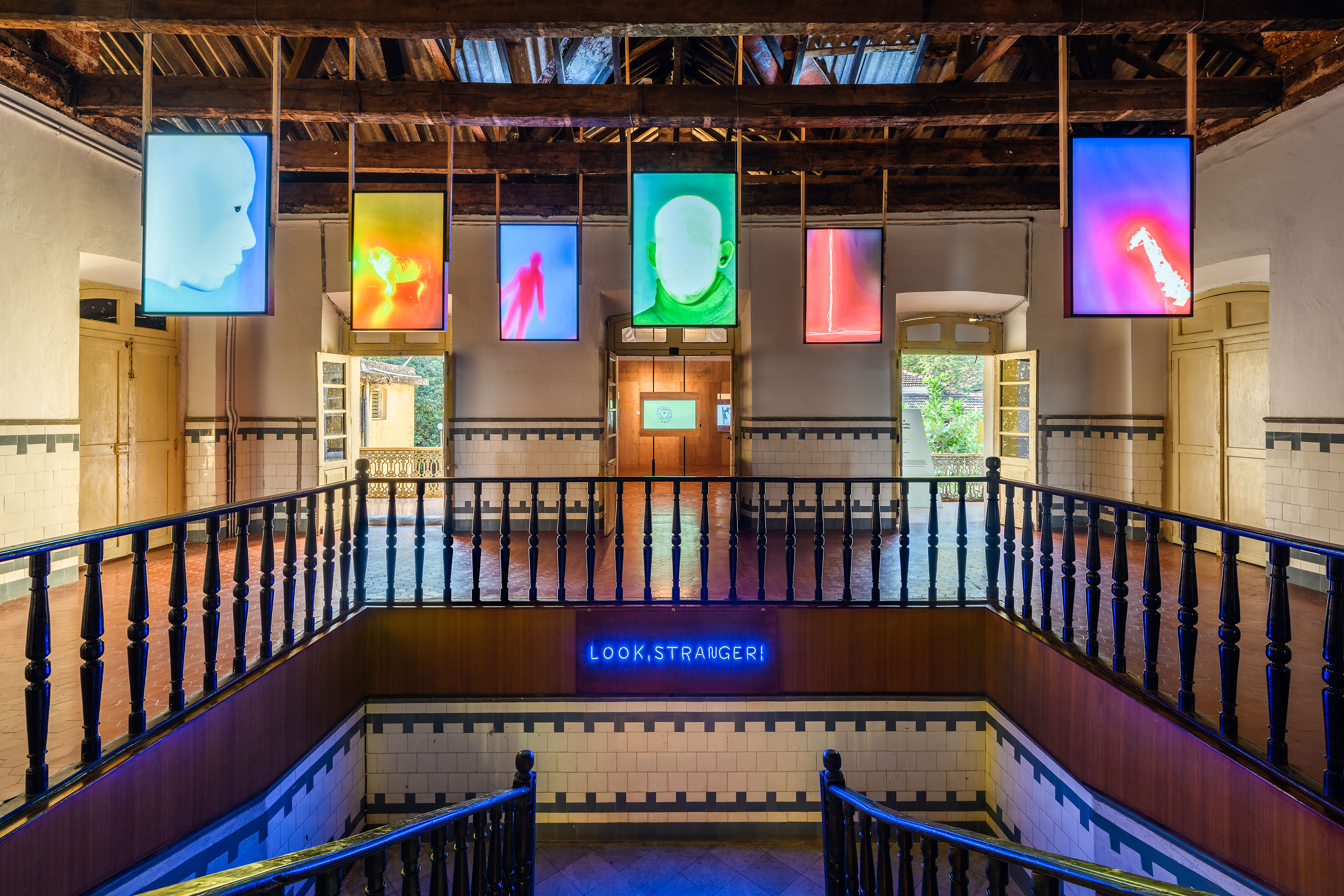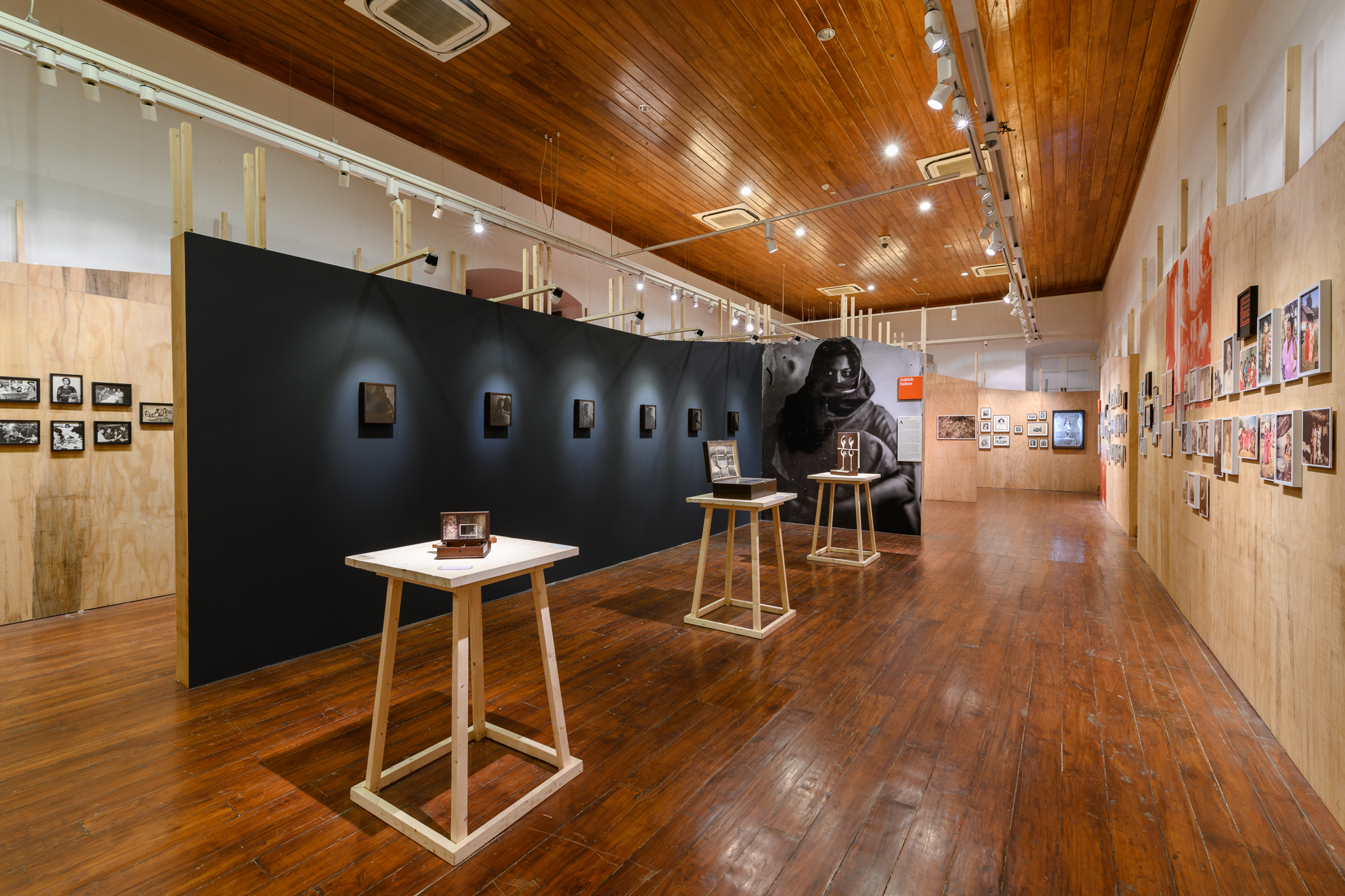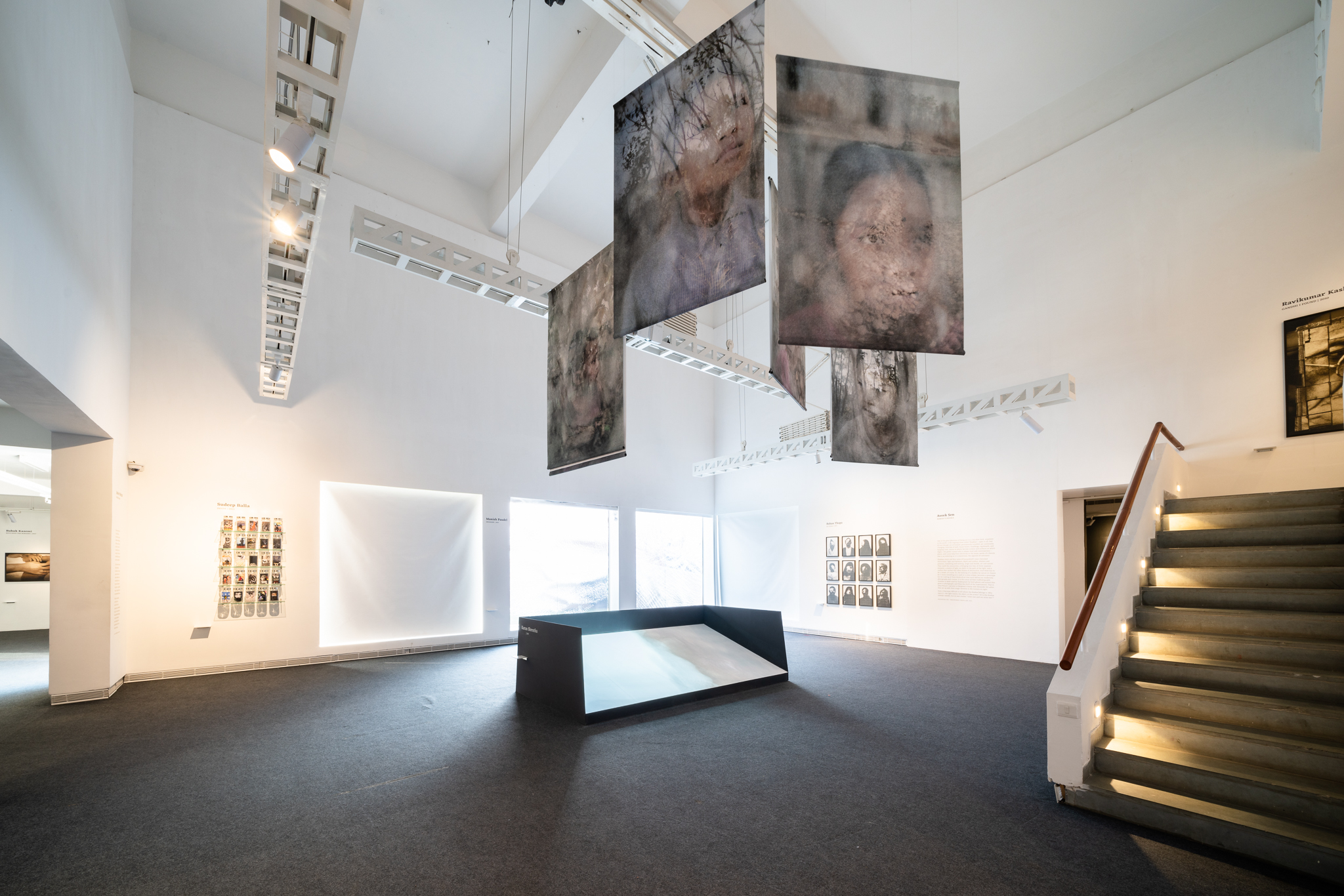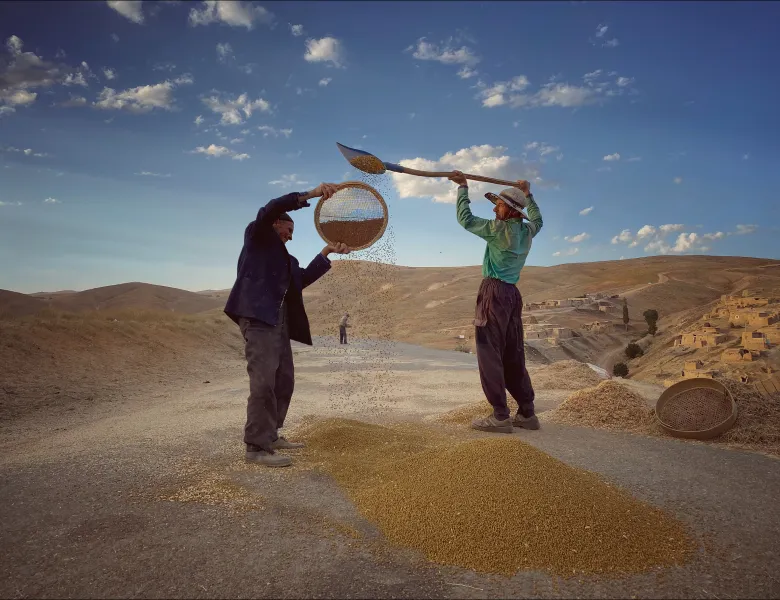Under review: Rahaab Allana
4 years ago
With the deadline to enter your photo series fast approaching we talk to judge Rahaab Allana
Next up in our ongoing series Under review is judge Rahaab Allana. Rahaab is the Curator and Publisher at the Alkazi Foundation for the Arts in New Delhi; Fellow of the Royal Asiatic Society (London) and was previously Honorary Research Associate at the University College, London (Department of Visual Anthropology). He has curated, contributed to and edited several publications and exhibitions on South Asian photography and its trans-national histories, working internationally with museums, universities, festivals and other arts institutions such as The Brunei Gallery (London); Rencontres d’Arles (Espace Van Gogh); Jimei x Arles (China); The Folkwang Museum (Essen); The Photography Museum (Berlin); The Fine-Art Museum (Brussels); the Science Museum (London); plus the Rubin Museum (New York), among others. He serves, and has served, on advisory committees/juries of various cultural fora and is also the Founding Managing Editor of PIX a theme-based photography initiative. Allana is also the Founder of the first app for photography from South Asia called ASAP l art and has recently guest-edited two volumes on lens-based practices in the subcontinent - for Aperture Magazine (New York, 2021); and the other for Tulika Books (Delhi, forthcoming).

‘Look, Stranger!: Technologies of Lens-based Practice in South Asia’, Serendipity Arts Festival, Goa with support from Alkazi Foundation for the Arts (15 December 2019 - 15 January 2020)
From exhibitions and printed magazines to app-based platforms, you’ve curated imagery for a vast range of media. Do you have to approach each outlet differently? If so, can you tell us how?
Media specificity has become key to the management and dissemination of information. Artists today have started using both analog and digital means to make hybrid bodies of work. I feel we need to work collectively to understand the place of media today and what audiences we are addressing. If the audiences do indeed overlap, then we need to consider that the information we relay needs to be diverse and current enough to hold their attention. I therefore think about each endeavor as a different way of publishing for a different set of eyes.
The Alkazi Foundation for the Arts has an impressive 100,000 photographs from India, Burma, Sri Lanka, Nepal, Tibet, Afghanistan, China and Japan. All were created in the 20th century. What have you learned about the photographic medium by looking at this collection?
Photography has transformed since its inception – which is now almost 195 years ago. Although invented in Europe, it was bound to change the way the world was captured, and for whom. In the present, I think the theme of self-representation becomes important to consider as at no other point of time have we managed to create such an overwhelming image of the world. It requires both an ethical and an emotional approach, to 'be viewed' and to 'view' ourselves and others.
Media specificity has become key to the management and dissemination of information. Artists today have started using both analog and digital means to make hybrid bodies of work. I feel we need to work collectively to understand the place of media today and what audiences we are addressing. If the audiences do indeed overlap, then we need to consider that the information we relay needs to be diverse and current enough to hold their attention. I therefore think about each endeavor as a different way of publishing for a different set of eyes.
The Alkazi Foundation for the Arts has an impressive 100,000 photographs from India, Burma, Sri Lanka, Nepal, Tibet, Afghanistan, China and Japan. All were created in the 20th century. What have you learned about the photographic medium by looking at this collection?
Photography has transformed since its inception – which is now almost 195 years ago. Although invented in Europe, it was bound to change the way the world was captured, and for whom. In the present, I think the theme of self-representation becomes important to consider as at no other point of time have we managed to create such an overwhelming image of the world. It requires both an ethical and an emotional approach, to 'be viewed' and to 'view' ourselves and others.

‘Ephemeral: New Futures for Passing Images’ at Serendipity Arts Festival, Goa (15 December 2018 - 15 January 2019)
You’ve served on advisory committees and juries of various cultural fora and symposiums, what has this brought to how you look at a photographic work?
It has made me realise that at the end of the day, we are engaging as people, as partners, participants, and as colleagues. The medium of photography is a great binder in this respect, and we all have ways of seeing the world which are distinct. To give each person the opportunity to voice their opinions, however different, is important learning. There are no good or bad photographs. But there are positions and arguments one can make and should stand up for.
Please tell us about PIX, the photography initiative you’re the Founding Managing Editor of.
PIX was founded in 2010 as an initiative to investigate, engage and archive broad and expansive fields of contemporary lens-based practices and creative writing, with an area focus on India and then South Asia. Its concerns range from media evolution, regional/cultural representational specificities, and then visual histories – their conceptual standing, movement, transmission, appropriation and distinct interrelationship with the allied arts.
We have since initiated and completed projects in India, Iran, Pakistan, Sri Lanka, Afghanistan, Nepal and Myanmar. Our aim is to initiate and also consolidate institutional links so as to forge a dialogue around practices in the subcontinent through a transnational focus. PIX has published 18 issues, curated over 25 exhibitions, begun an online article posting forum, and also conducted talks, seminars and workshops since 2011.
It has made me realise that at the end of the day, we are engaging as people, as partners, participants, and as colleagues. The medium of photography is a great binder in this respect, and we all have ways of seeing the world which are distinct. To give each person the opportunity to voice their opinions, however different, is important learning. There are no good or bad photographs. But there are positions and arguments one can make and should stand up for.
Please tell us about PIX, the photography initiative you’re the Founding Managing Editor of.
PIX was founded in 2010 as an initiative to investigate, engage and archive broad and expansive fields of contemporary lens-based practices and creative writing, with an area focus on India and then South Asia. Its concerns range from media evolution, regional/cultural representational specificities, and then visual histories – their conceptual standing, movement, transmission, appropriation and distinct interrelationship with the allied arts.
We have since initiated and completed projects in India, Iran, Pakistan, Sri Lanka, Afghanistan, Nepal and Myanmar. Our aim is to initiate and also consolidate institutional links so as to forge a dialogue around practices in the subcontinent through a transnational focus. PIX has published 18 issues, curated over 25 exhibitions, begun an online article posting forum, and also conducted talks, seminars and workshops since 2011.

'Ellipsis: Between Word & Image', Jawahar Kala Kendra, Jaipur (16 February - 30 April, 2019) Collaborators/Supporters: Jawahar Kala Kendra, Jaipur, The Alkazi Foundation for the Arts and PIX
What experience will you draw upon when judging submissions in this year’s Professional competition?
I suppose much of what I have done relates to critical writing on photography – by looking at both the archive and the contemporary. I think we need to connect with the current moment in dynamic ways and through creative strategies that can help counter either linearity or any consideration of a monoculture. We are part of a diverse race; looking into the elements that comprise that diversity is what belies the making of a profound work of art.
What was it about the Sony World Photography Awards that appealed to be on the judging panel?
I was eager to look at an expansive demographic and thematic categories. I think it serves as an important prism onto our collective consciousness and gives encouragement to those who may not have had opportunities before.
I suppose much of what I have done relates to critical writing on photography – by looking at both the archive and the contemporary. I think we need to connect with the current moment in dynamic ways and through creative strategies that can help counter either linearity or any consideration of a monoculture. We are part of a diverse race; looking into the elements that comprise that diversity is what belies the making of a profound work of art.
What was it about the Sony World Photography Awards that appealed to be on the judging panel?
I was eager to look at an expansive demographic and thematic categories. I think it serves as an important prism onto our collective consciousness and gives encouragement to those who may not have had opportunities before.
‘A Reflective Oeuvre: The Pioneering Photographs of Maharaja Sawai Ram Singh II’, Art Heritage, New Delhi in collaboration with Maharaja Sawai Man Singh II Museum and Alkazi Foundation for the Arts with participation from Exhibit 320 (19 August – 18 September, 2019)
And finally, what elements make up a cohesive body of work?
What many ignore are ways of articulating photography beyond the image. This often involves communicating through text. I think a cohesive photo project must be convincing in both these spheres and allow discourses to build across platforms.
What many ignore are ways of articulating photography beyond the image. This often involves communicating through text. I think a cohesive photo project must be convincing in both these spheres and allow discourses to build across platforms.







